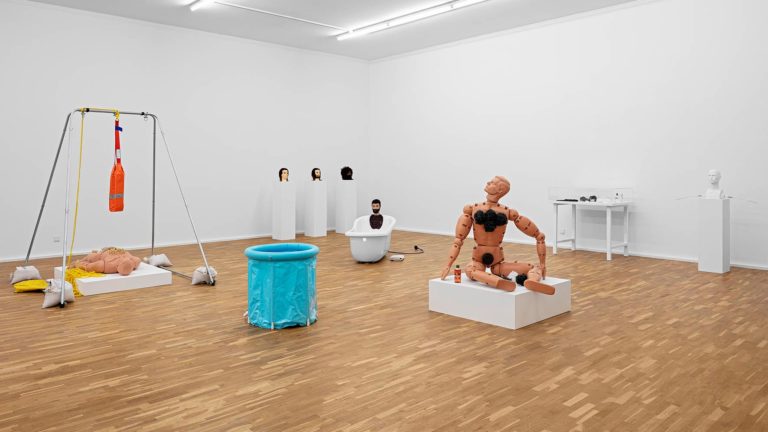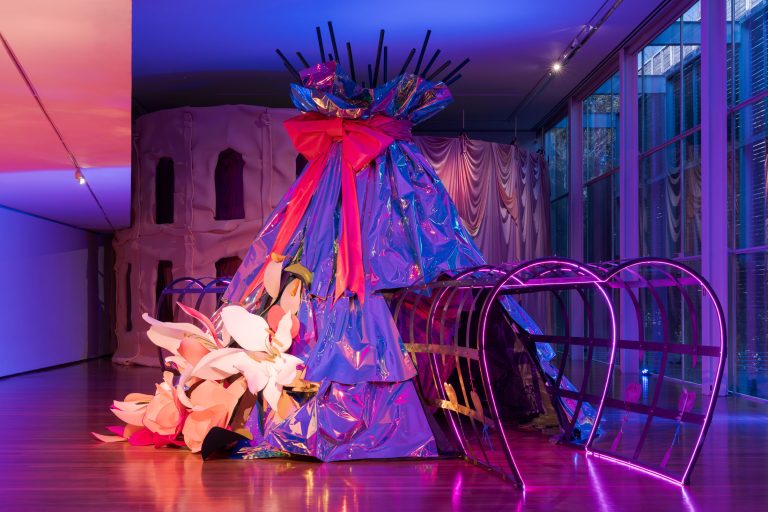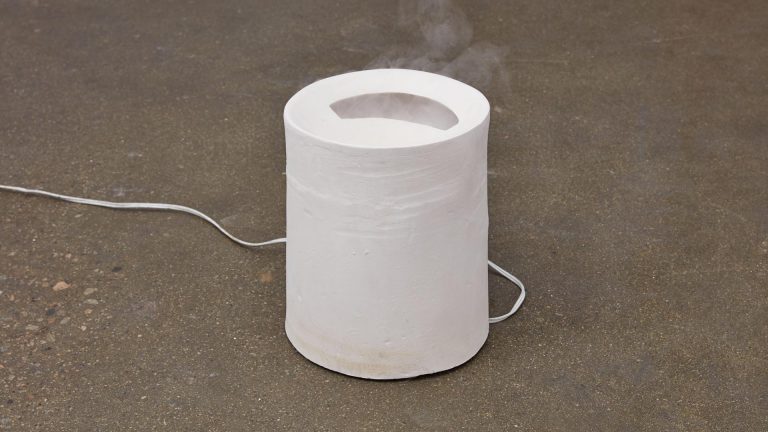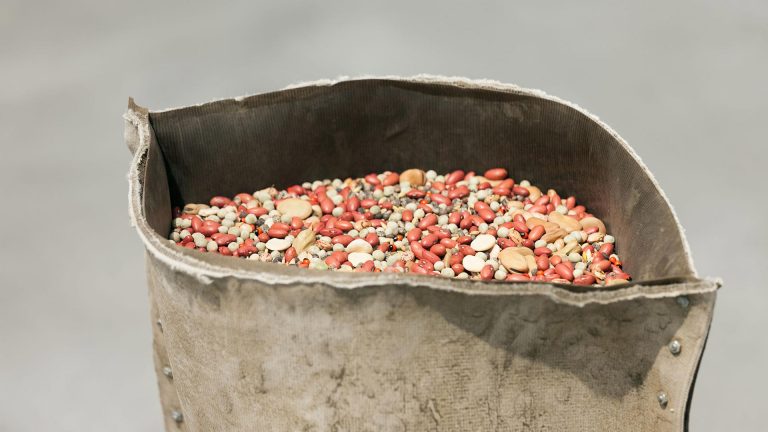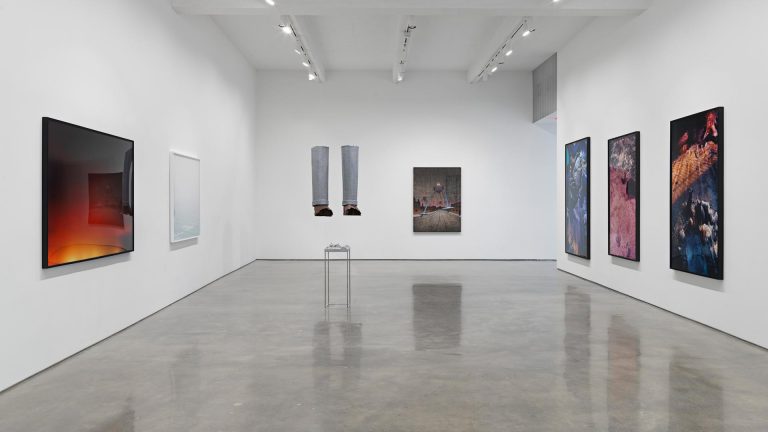Artists: A Practice for Everyday Life, Adriano Amaral, André Cepeda, António Júlio Duarte, António Olaio, Carla Filipe, Christian Andersson, Erwin Wurm, Fabrizio Matos, Fernando Calhau, Filipa César, Gilbert & George, Jérémy Pajeanc, Jim Shaw, João Onofre, João Paulo Ferreira / Cineground, João Pedro Trindade, John Baldessari, Jorge Molder, Julião Sarmento, Lawrence Weiner, Mafalda Santos, Maria Trabulo, Mat Mullican, Mike Kelley, Mirka Lugosi, Non-verbal Club, Óscar Alves / Cineground, Paul McCarthy, Pedro Pousada, Pierre Candide, R2, Raymond Petibon, Richard Prince, Rosângela Rennó, Rui Toscano, Tatjana Doll and Von Calhau
Exhibition title: PICTURES and CREAM, The confdential report of the life and opinions of Tristram Shandy & friends Volume 1
Curated by: Paulo Mendes
Venue: Cristina Guerra Contemporary Art, Lisbon, Portugal
Date: July 9 – September 16, 2015
Photography: Bruno Lopes, images copyright and courtesy of the artists and Cristina Guerra Contemporary Art, Lisbon
This exhibition proposes a wandering narrative through stories and fictional biographies. It is an exhibitive project in process and a speculative study regarding the creation and construction of narratives and personalities. On exhibit are artworks, objects and documentation that suggest births and deaths, philosophy and journeys, marriages and betrayals, frauds and obsessions.
The point of departure for conceptualizing this exhibition, the ‘MacGuffin’ which unleashed this intrigue, is the book The Life and Opinions of Tristram Shandy, Gentleman, written and published by Laurence Sterne, between 1759 and 1768, in 18th century England and which constitutes a satire of the conventions and classical references of literature. Drawing from this (pre)text, we will focus on autofiction – a hybridized notion situated between the autobiography and the novella, on the border between true and false – which may be considered as a form of expression characteristic of contemporary art. Indeed, be it through invented pseudonyms, of alter-egos and imaginary lives, or of fictional self-portraits, masks and prosthetics, many are the artist/creators who experiment by means of mythological personages, the development of new manners of representing/expressing the transformation of their persona.
The creators produce a constant re-reading of the chaos of global culture, annulling distinctions between creating and copying, the ready-made and the original work. The notions of creation and originality fade away in this continual ‘sampling’ of the cultural landscape. Manipulating forms and pre-established formats, contemporary artists make use of them to decode models and produce other currents of reality, namely, alternative narratives. Contemporary narratives are permanently fragmented and de-centered, the present depicts itself in the dimension of an anti-narrative, heirs of Warhol, Debord or Godard. There is no linear story, but various stories which are simultaneously developing. The classic narrative has exploded into a plurality of micro-narratives – we are standing before a shattered reality, an exquisite corpse of multiple writings. Increasingly artists create projects that involve processes of investigation and a critical usage of both documental and visual material. This cartographic practice results here, as in other instances, in a site-specific assembly, involving a performative implication of the participant, activating the spectator, integrating them into this exhibition-installation.
An exhibition-installation is an exhibit as a device. It is an exhibit without beginning nor end, an organic transformation of the space, in process. An exhibition-installation is a fragment in time where a cluster of artworks and objects are convoked for a temporary and improbable encounter. A fraction of time wherein all the contributions, visual and documentary, function as an exhibit, a total installation, a unique object that may be visited, walked through, penetrated. Something transitory and immaterial in its grouping, in its reading – which in the moment the exhibition is over, separates and dematerializes, awarding each element, each work, a new found autonomy, individuality, which had been provisionally shared in a total project.
This project proposes a reflection regarding the different possibilities of experimenting with curatorial practice, in its conceptual and spatial dimensions, upon the standard formats, as much imaginary as material. A group of thirty-eight creators, artists, filmmakers and designers are summoned to manipulate their fiction machines, through mediums such as cinema, video, photography, painting, drawing, the poster or the installation. How to transform a book into an object?—————How to transform a book into an exhibit?————-And a gallery into a book? How might a book shed its primary vocation of being read to be transformed into a complex spatial object?————–Would it be possible to three-dimensionalize a book into an exhibition-installation?
John Baldessari, Noses & Ears, etc: Hand Holding Cigarette and Head (With Nose), 2006
Erwin Wurm, Untitled (from the Series Claudia Schiffer), 2009
Rui Toscano, Empire (upper side), 2014













